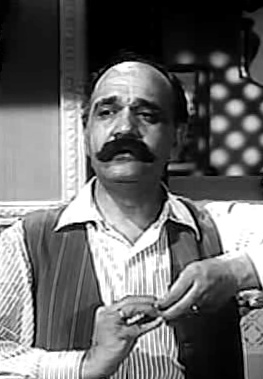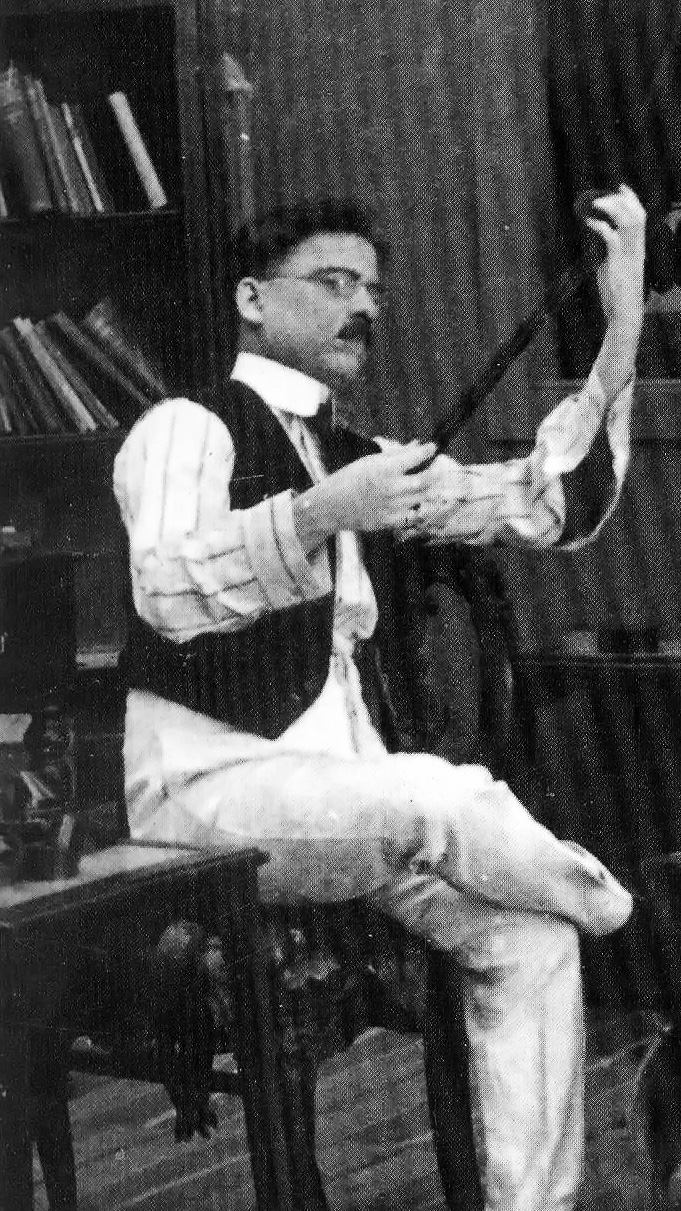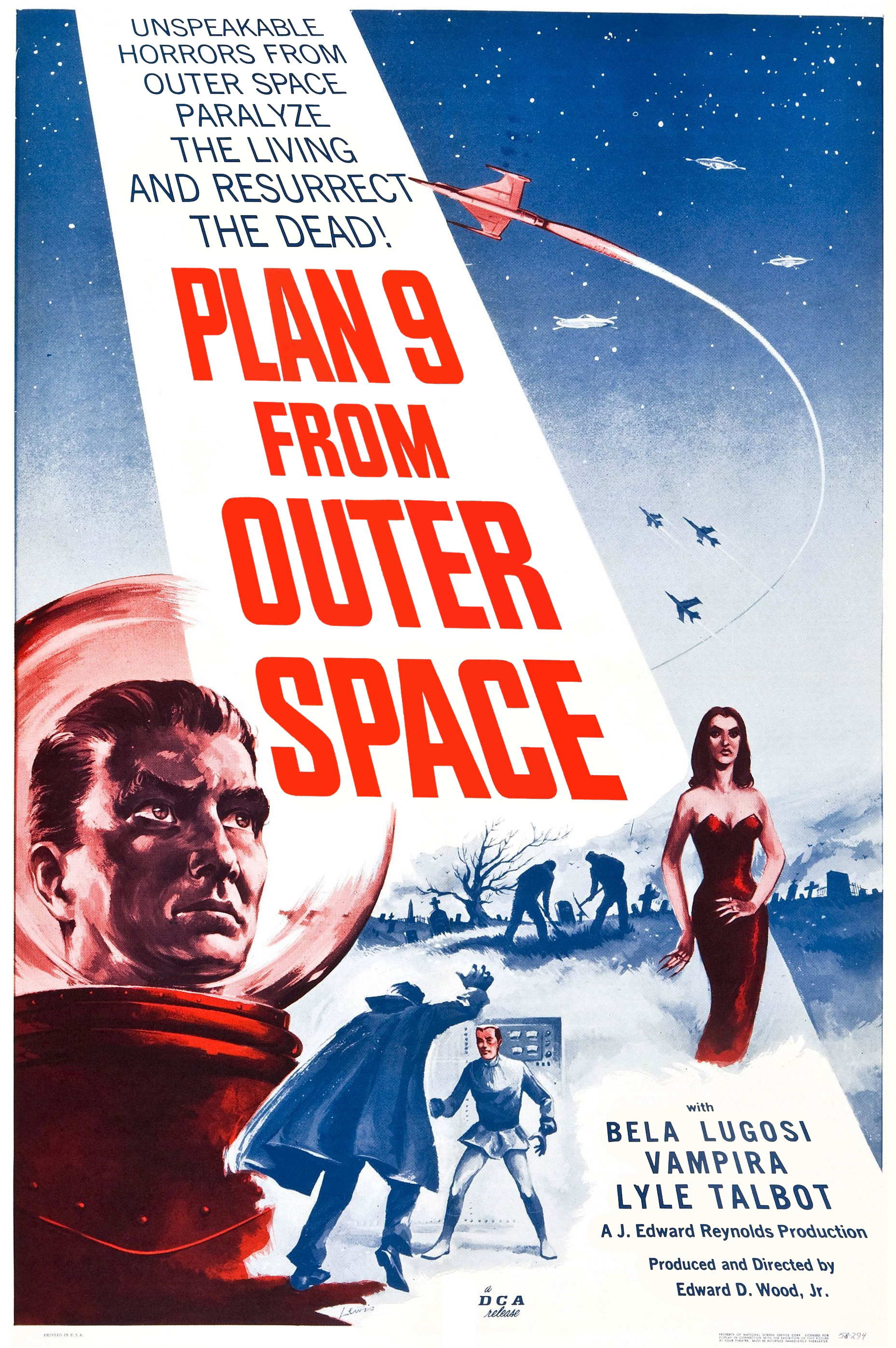|
Mera Naam Joker
''Mera Naam Joker'' () is a 1970 Indian Hindi romance drama film, directed, edited and produced by Raj Kapoor under his banner R. K. Films, and written by Khwaja Ahmad Abbas. The film stars Raj Kapoor as the eponymous character, with his son Rishi Kapoor making his screen debut playing his younger version, along with Simi Garewal, Kseniya Ryabinkina, Padmini, Manoj Kumar and Dharmendra in supporting roles. The plot focuses on a clown who must make his audience laugh at the cost of his own sorrows; three women who shaped his life view his final performance. The film is one of the lengthiest films of Indian cinema. ''Mera Naam Joker'' is the second and to date last Hindi film to have two intervals, the first being '' Sangam'' (1964). After '' Sangam'' became a blockbuster, ''Mera Naam Joker'' was highly anticipated as it was under production for six years and heavily publicized, loosely based on Kapoor's own life. The film was partly made with the participation of Soviet ... [...More Info...] [...Related Items...] OR: [Wikipedia] [Google] [Baidu] |
Raj Kapoor
Raj Kapoor (pronunciation: �aːd͡ʒ kəpuːɾ born Shrishti Nath Kapoor; also known as Ranbir Raj Kapoor; 14 December 1924 2 June 1988) was an Indian actor, film director and producer, who worked in Hindi cinema. He is considered one of the greatest and most influential actors and filmmakers in Hindi Cinema. He is often referred to as ''The Greatest Showman of Indian Cinema''. He received multiple accolades, including three National Film Awards and 11 Filmfare Awards in India. The Filmfare Lifetime Achievement Award is named after Kapoor. He produced two films, '' Awaara'' (1951) and '' Boot Polish'' (1954), that competed for the Palme d'Or grand prize at the Cannes Film Festival. His performance in ''Awaara'' was ranked as one of the "Top-Ten Greatest Performances of All Time in World Cinema" by ''Time'' magazine. The Government of India honoured him with the Padma Bhushan in 1971 for his contributions to the arts. India's highest award in cinema, the Dadasaheb P ... [...More Info...] [...Related Items...] OR: [Wikipedia] [Google] [Baidu] |
Sangam (1964 Hindi Film)
''Sangam'' () is a 1964 Bollywood romance film, directed, produced and edited by Raj Kapoor at R. K. Studio, written by Inder Raj Anand, and distributed by R. K. Films with Mehboob Studio and Filmistan. The film stars Raj Kapoor, Vyjayanthimala and Rajendra Kumar in the lead roles, with Iftekhar, Raj Mehra, Nana Palsikar, Lalita Pawar, Achala Sachdev and Hari Shivdasani appearing in supporting roles. It was the first Indian film to be exclusively shot abroad and was also among the most expensive film of its time with the longest runtime for an Indian film up to that time. All this immensely contributing to the commercial success of the film. Internationally the film released in the Soviet Union in 1964 and Turkey in 1968, as well as Bulgaria, Greece and Hungary. Director Dasari Narayana Rao remade the film in Telugu and Kannada languages as '' Swapna'' (1981). The film also remade in Turkish as ''Arkadaşımın Aşkısın'' (1968). Plot summary Sundar, Gopal and Radh ... [...More Info...] [...Related Items...] OR: [Wikipedia] [Google] [Baidu] |
Achala Sachdev
Achala Sachdev (3 May 1920 – 30 April 2012) was an Indian actress who appeared in classic films of Hindi language film industry. She was from Peshawar and started her career as a child actor. She later became known for mother and grandmother roles in Hindi films. Her most memorable roles were as Balraj Sahni's wife in '' Waqt'' (1965) and Kajol's grandmother in '' Dilwale Dulhania Le Jayenge'' (1995). Early life Achala Sachdev was born on 3 May 1920 in Peshawar. Career Achala worked for All India Radio, Lahore before the partition of India, and then at Delhi All India Radio. Achala made her film debut with ''Fashionable Wife'' (1938), and acted in over 130 Hindi films. She has acted in many Yash Raj Films, starting with Yash Chopra's first production '' Daag: A Poem of Love'' (1973) and films such as '' Chandni'' (1989) and '' Dilwale Dulhania Le Jayenge'' (1995). Her other noted films were ''Prem Pujari'', ''Mera Naam Joker'', ''Hare Rama Hare Krishna'' and ''Andaz'', apart ... [...More Info...] [...Related Items...] OR: [Wikipedia] [Google] [Baidu] |
Rajendra Nath
Rajendra Nath Malhotra (8 June 1931 − 13 February 2008) was an Indian actor and comedian in Hindi and Punjabi Punjabi, or Panjabi, most often refers to: * Something of, from, or related to Punjab, a region in India and Pakistan * Punjabi language * Punjabi people * Punjabi dialects and languages Punjabi may also refer to: * Punjabi (horse), a British Th ... films. Early life and family Rajendra Nath was born on 8 June 1931 in Tikamgarh, which is now in Madhya Pradesh. His family was from the Karimpura locality of Peshawar but settled in Jabalpur in Madhya Pradesh. He studied at Darbar College, Rewa, India, Rewa, where Arjun Singh (politician, born 1930), Arjun Singh (a Congress politician) and R.P. Agarwal were his classmates. Rajendra's elder brother Prem Nath went to Mumbai and became an actor, so Rajendra joined him in 1949. They were good friends of Raj Kapoor and Shashi Kapoor. Rajendra and Prem's sister Krishna married actor-director Raj Kapoor. [...More Info...] [...Related Items...] OR: [Wikipedia] [Google] [Baidu] |
Om Prakash
Om Prakash (born Om Prakash Chibber 19 December 1919 – 21 February 1998) was an Indian film actor. He was born in Jammu as Om Prakash Chibber and went on to become a well-known character actor of Bollywood. His most well-known movies are Namak Halaal (1982), Gopi (1970), Hulchul (1971) and Sharaabi (1984). He also produced ''Jahanaara'' starring Bharat Bhushan, Shashikala, Prithviraj Kapoor and Mala Sinha in the title role of Jahanaara. Om Prakash played the leading man in films like '' Dus Lakh'', '' Annadata'', ''Charandas'' and ''Sadhu aur Shaitan''. His pivotal roles in the films '' Dil Daulat Duniya'', ''Gopi'', ''Apna Desh'', ''Chupke Chupke'', '' Julie'', '' Joroo Ka Ghulam'', '' Aa Gale Lag Jaa'', '' Pyar Kiye Jaa'', '' Padosan'' and '' Buddha Mil Gaya'' are considered to be among his best along with Daddu in ''Namak Halaal'' and De Silva in '' Zanjeer''. His roles in ''Sharaabi'', '' Bharosa'', '' Tere Ghar Ke Samne'', '' Mere Hamdam Mere Dost'', '' Loafer' ... [...More Info...] [...Related Items...] OR: [Wikipedia] [Google] [Baidu] |
Qawwali
Qawwali (Punjabi: (Shahmukhi), (Gurmukhi); Urdu: (Nasta'liq); Hindi: क़व्वाली (Devanagari); Bengali: কাওয়ালি ( Bengali)) is a form of Sufi Islamic devotional singing, originating from the Indian subcontinent. It is popular mostly in the Punjab and Sindh regions of Pakistan; in Hyderabad, Delhi and other parts of India, especially North India; as well as the Dhaka and Chittagong Divisions of Bangladesh. Originally performed at Sufi shrines or dargahs throughout South Asia, it gained mainstream popularity and an international audience in late 20th century. Qawwali music received international exposure through the work of Nusrat Fateh Ali Khan, Aziz Mian and Sabri Brothers largely due to several releases on the Real World label, followed by live appearances at WOMAD festivals. Other famous Qawwali singers include Fareed Ayyaz & Abu Muhammad, Rahat Fateh Ali Khan, Badar Miandad, Rizwan & Moazzam Duo, Qutbi Brothers, the late Amjad Sa ... [...More Info...] [...Related Items...] OR: [Wikipedia] [Google] [Baidu] |
List Of Soviet Films Of The Year By Ticket Sales
This is the list of highest-grossing films in the Soviet Union, in terms of box office admissions (ticket sales). It includes the highest-grossing films in the Soviet Union (USSR), the highest-grossing domestic Soviet films, the domestic films with the greatest number of ticket sales by year, and the highest-grossing foreign films in the Soviet Union. Note that, in line with the definition above, this list does not include any Soviet television series or television movies, which were not shown in cinemas of the Soviet Union. The annual list includes sales during each year only, which often means that the total number of tickets sold was bigger. As an example, according to the list below the film ''The Red Snowball Tree'', the top seller of the year 1974, sold 62.5 million tickets during that year. But the total number of sold tickets during all years was bigger; Boris Pavlenok, former deputy director of the USSR GosKino, estimated 140 million. This figure is comparable to some o ... [...More Info...] [...Related Items...] OR: [Wikipedia] [Google] [Baidu] |
Soviet Union
The Soviet Union,. officially the Union of Soviet Socialist Republics. (USSR),. was a List of former transcontinental countries#Since 1700, transcontinental country that spanned much of Eurasia from 1922 to 1991. A flagship communist state, it was nominally a Federation, federal union of Republics of the Soviet Union, fifteen national republics; in practice, both Government of the Soviet Union, its government and Economy of the Soviet Union, its economy were highly Soviet-type economic planning, centralized until its final years. It was a one-party state governed by the Communist Party of the Soviet Union, with the city of Moscow serving as its capital as well as that of its largest and most populous republic: the Russian Soviet Federative Socialist Republic, Russian SFSR. Other major cities included Saint Petersburg, Leningrad (Russian SFSR), Kyiv, Kiev (Ukrainian Soviet Socialist Republic, Ukrainian SSR), Minsk (Byelorussian Soviet Socialist Republic, Byelorussian SSR), Tas ... [...More Info...] [...Related Items...] OR: [Wikipedia] [Google] [Baidu] |
Bollywood
Hindi cinema, popularly known as Bollywood and formerly as Bombay cinema, refers to the film industry based in Mumbai, engaged in production of motion pictures in Hindi language. The popular term Bollywood, is a portmanteau of "Bombay" (former name of Mumbai) and "Cinema of the United States, Hollywood". The industry is a part of the larger Indian cinema, which also includes Cinema of South India, South Cinema and other smaller Cinema of India#Cinema by language, film industries. In 2017, Indian cinema produced 1,986 feature films, of which the largest number, 364 have been from Hindi. , Hindi cinema represented 43 percent of Indian net box-office revenue; Tamil cinema, Tamil and Telugu cinema represented 36 percent, and the remaining regional cinema constituted 21 percent. Hindi cinema has overtaken the U.S. film industry to become the largest centre for film production in the world. In 2001 ticket sales, Indian cinema (including Hindi films) reportedly sold an estimated 3 ... [...More Info...] [...Related Items...] OR: [Wikipedia] [Google] [Baidu] |
Cult Film
A cult film or cult movie, also commonly referred to as a cult classic, is a film that has acquired a cult following. Cult films are known for their dedicated, passionate fanbase which forms an elaborate subculture, members of which engage in repeated viewings, dialogue-quoting, and audience participation. Inclusive definitions allow for major studio productions, especially box-office bombs, while exclusive definitions focus more on obscure, transgressive films shunned by the mainstream. The difficulty in defining the term and subjectivity of what qualifies as a cult film mirror classificatory disputes about art. The term ''cult film'' itself was first used in the 1970s to describe the culture that surrounded underground films and midnight movies, though ''cult'' was in common use in film analysis for decades prior to that. Cult films trace their origin back to controversial and suppressed films kept alive by dedicated fans. In some cases, reclaimed or rediscovered films ... [...More Info...] [...Related Items...] OR: [Wikipedia] [Google] [Baidu] |
Filmfare
''Filmfare'' is an Indian English-language fortnightly magazine published by Worldwide Media. Acknowledged as one of Indian most popular entertainment magazines, it publishes pieces involving news, interviews, photos, videos, reviews, events, and style. The magazine also gives annually the Filmfare Awards, the Filmfare Awards South, the Filmfare Awards East, the Filmfare Marathi Awards, the Filmfare Awards Punjabi, the Filmfare OTT Awards, the Filmfare Short Film Awards and the Filmfare Style & Glamour Awards. After the businessman Ramkrishna Dalmia (1893–1978) of Dalmia Group purchased Bennett, Coleman and Company Limited (BCCL) in 1946, J. C. Jain from Bharat Insurance Company was employed to help him to run the company in 1950. In this period, Jain conceived the idea of ''Filmfare'' at the actress Kamini Kaushal's house. The magazine was launched by the industrialist Sahu Shanti Prasad Jain alongside his wife Rama in Bombay on 7 March 1952. Its publication's circula ... [...More Info...] [...Related Items...] OR: [Wikipedia] [Google] [Baidu] |




